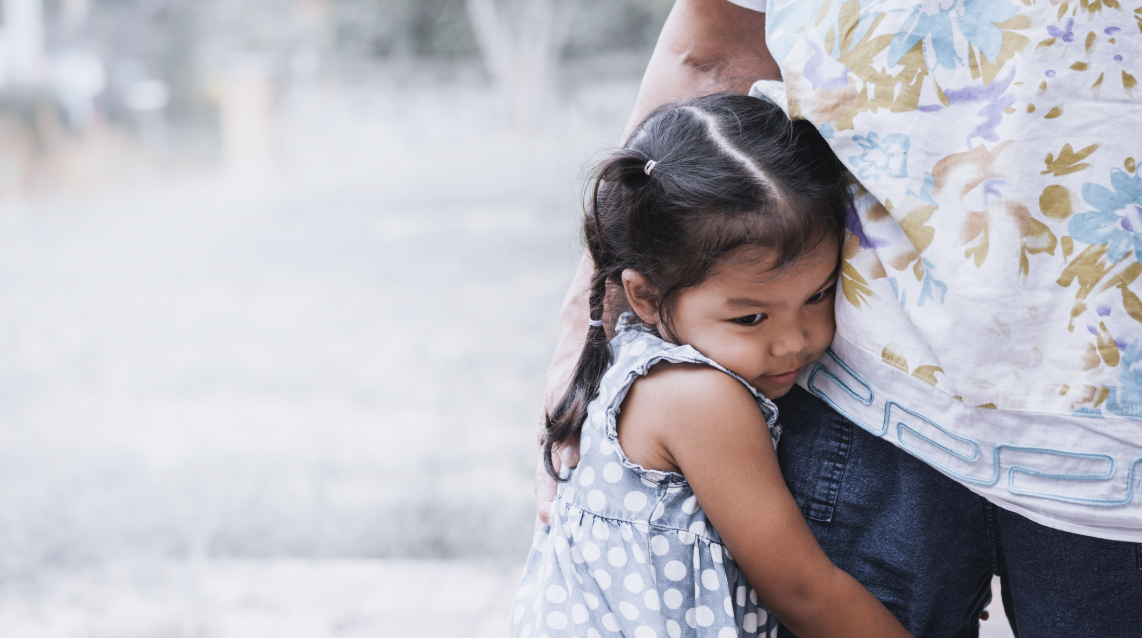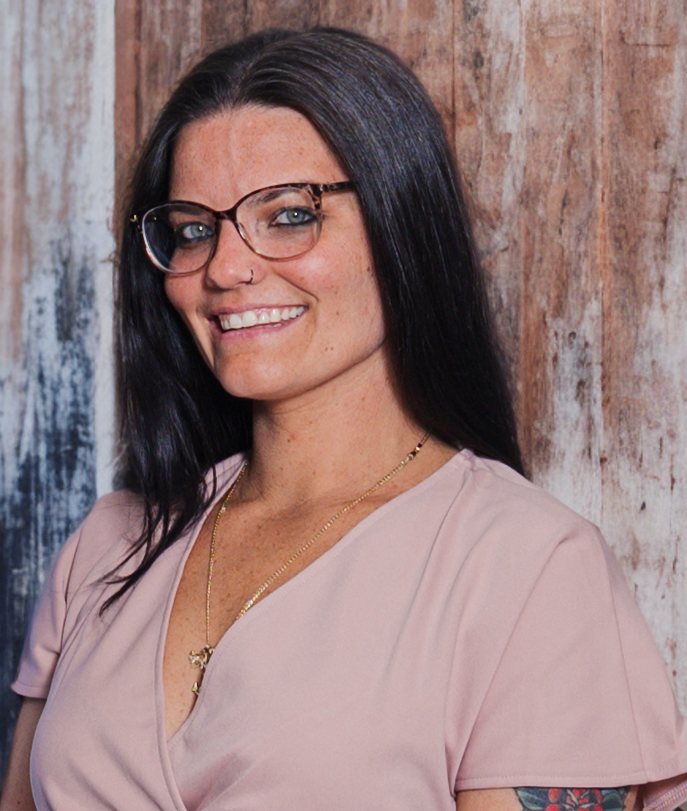What do we know about anxiety in kids?
For childhood anxiety, CBT and medication help — but combination treatment works best.

Dr. Harsh Patel
Psychiatrist & Mindfulness Expert

Childhood Anxiety Is Treatable — And One Approach Works Best
Description: The CAMS Trial (Child/Adolescent Anxiety Multimodal Study), published in the New England Journal of Medicine, is one of the most important randomized controlled trials in pediatric anxiety treatment. It compared CBT, sertraline (Zoloft), their combination, and placebo in children ages 7–17 with anxiety disorders. The verdict? Combination therapy works best, with the fastest and most lasting results — giving parents a clear, evidence-backed roadmap.
The Takeaway
If your child has anxiety, you have options — and the combination of therapy and medication is the most effective.
Here’s how each treatment performed:
- CBT + Sertraline (combo): 80.7% responded
- CBT alone: 59.7% responded
- Sertraline alone: 54.9% responded
- Placebo: 23.7% improved
Key message: Both CBT and medication work. But using them together leads to faster, more durable improvement — especially in moderate to severe cases.
Why Should You Care
Because childhood anxiety is common, treatable, and impacts daily life — from school to sleep to friendships.
One number to remember: 80.7% of kids improved with combination therapy — the highest success rate in the study.
The Article

Published in the New England Journal of Medicine, the CAMS Trial is considered a gold standard in child psychiatry research. It was funded by the National Institute of Mental Health (NIMH) and conducted across multiple academic centers, making it one of the most reliable sources on how to treat childhood anxiety.
The Clinical Data

Side effect note: Medication carried a higher rate of side effects (e.g., restlessness, fatigue, insomnia), while CBT had virtually none.
Study Design: How They Figured It Out
- Study Name: CAMS (Child/Adolescent Anxiety Multimodal Study)
- Type: Multisite, randomized, placebo-controlled trial
- Participants: 488 children and teens (ages 7–17) with:
- Generalized anxiety disorder
- Social anxiety disorder
- Separation anxiety disorder
- Groups: CBT alone, sertraline alone, combination therapy, or placebo
- Duration: 12 weeks
- Outcomes measured with:
- CGI-I (Clinical Global Impressions – Improvement)
- PARS (Pediatric Anxiety Rating Scale)
- Published in: New England Journal of Medicine
This remains one of the most cited and trusted studies in pediatric mental health.
Why This Study Changed My Practice
I used to hesitate when prescribing meds for anxious kids — and many parents still do. But this study taught me to reframe the conversation.
Now I tell parents:
“Therapy builds lifelong skills. Medication boosts the process. When we use both, kids often get better faster — and stay better longer.”
What I now do differently:
- Recommend combination therapy for moderate to severe anxiety
- Offer CBT as a starting point if parents prefer no meds — but monitor progress closely
- Explain that meds don’t have to be permanent — they’re tools, not life sentences
- Educate that side effects are real but manageable, especially when therapy is the backbone
What Parents Should Know
- CBT is safe, effective, and often works on its own
- Combination therapy is most effective — especially when anxiety is severe or impairing
- Sertraline helps, but may cause side effects like restlessness or fatigue
- You don’t have to choose one or the other — options can evolve as your child grows
- Early treatment leads to better outcomes — anxiety is easier to treat when addressed early
Final Thought
The CAMS Trial reshaped how we treat childhood anxiety — and gave families something priceless: clarity. It proved that therapy and medication aren’t competing approaches — they’re complementary strategies.
Whether your child avoids school, fears social situations, or lies awake worrying, there’s a path forward. With CBT, medication, or both — kids get better.
🔗 Link to the study: https://pmc.ncbi.nlm.nih.gov/articles/PMC2702984/






